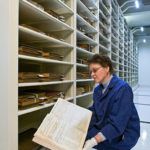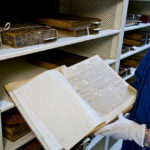Rare books are some of the most vulnerable items in museum collections, and these historic treasures require great care for successful long-term preservation. Light, dust, humidity, pests, and other factors threaten rare book collections. Our museum’s rare book storage equipment protects stored books from these threats.
Another challenge for many museums is storage space for rare books. Museums with sizable rare book collections must shoulder the expense of maintaining an extensive climate-controlled storage area. Even worse, they may find themselves running out of space and needing to invest in a costly expansion.
Compact shelving systems are the perfect solution to these problems. These efficient storage solutions can be custom-designed to provide an optimal storage environment for your rare book collections while maximizing your valuable climate-controlled storage space.
Read on to learn more about rare book storage best practices and the benefits of choosing compact shelving for rare book storage. You can also check out more of our museum storage solutions here.
Rare books are some of the most vulnerable items in museum collections, and these historic treasures require great care for successful long-term preservation. Light, dust, humidity, pests, and other factors threaten rare book collections. Our museum’s rare book storage equipment protects stored books from these threats.
Another challenge for many museums is storage space for rare books. Museums with sizable rare book collections must shoulder the expense of maintaining an extensive climate-controlled storage area. Even worse, they may find themselves running out of space and needing to invest in a costly expansion.
Compact shelving systems are the perfect solution to these problems. These efficient storage solutions can be custom-designed to provide an optimal storage environment for your rare book collections while maximizing your valuable climate-controlled storage space.
Read on to learn more about rare book storage best practices and the benefits of choosing compact shelving for rare book storage. You can also check out more of our museum storage solutions here.
Rare Book Storage Best Practices
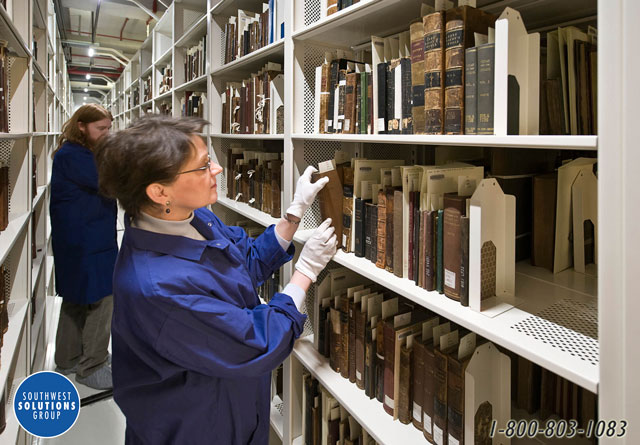
- Books on shelves should be stored upright and packed loosely enough that a book can be removed without putting pressure on the binding.
- Avoid stacking books for prolonged periods.
- Store books of the same size together for maximum support and minimal risk of indentation.
- Large books (over 18″ high or 3″ wide) are best stored lying flat and should be stacked no more than three high.
- When storing rare books in archival boxes, be sure to use acid- and lignin-free boxes.
- Especially fragile books should be stored in custom-made, acid-free book boxes sized to the book.
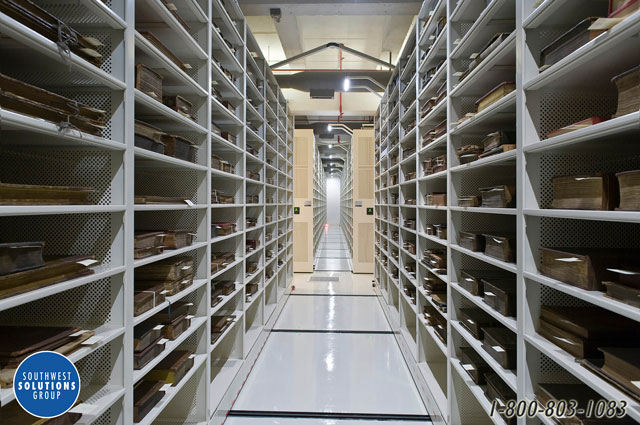
- Books should be stored at a temperature of 65°F to 70°F with a relative humidity level between 40%-55%. Temperature and relative humidity levels should remain as stable as possible.
- Minimize exposure to ultraviolet light, especially direct sunlight.
- Dust books regularly and gently, particularly at the top of the book, where dust often collects.
- Shelving for rare books should be ventilated to prevent the growth of mold and mildew.
- Routinely inspect storage areas and maintain good housekeeping practices to reduce the risk of pest infestations.
Compact Shelving for Rare Book Storage
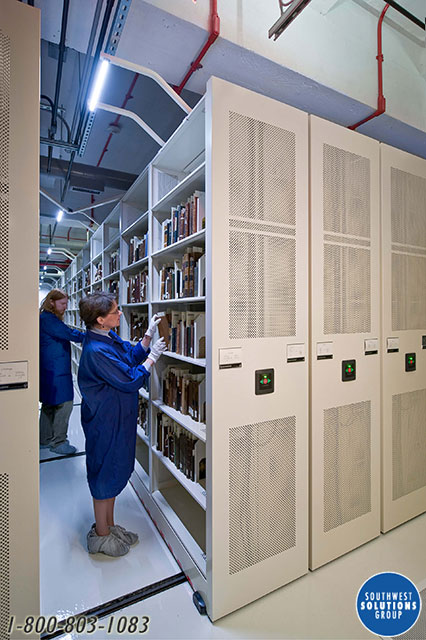
In a compact storage system, shelving units mount on mobile carriages that slide on floor rails, compacting together when not in use to reclaim the wasted space of static aisles. Using a mechanical-assist handle or electronic push-button operation, museum personnel can easily open a movable aisle to access shelves as needed. Since rare books typically aren’t accessed very frequently, a compact shelving system is a sensible storage solution for these collections.
Compact storage systems are also remarkably versatile. You can incorporate your existing shelving units into a compact system or invest in new shelving that facilitates better organization and preservation of your rare books. Mix shelving with flat file drawers to appropriately store books of all sizes, or customize your shelving system with security features that suit the needs of your collection. And for museums or libraries that utilize high bay shelving for rare book storage, those shelving systems can also be converted into compact storage for maximum space efficiency. Visit our online store to see our museum storage products.
Benefits of Compact Rare Book Storage
Protects Rare Books
When storing rare books, preservation is the top priority. Compact storage systems can be custom-designed to create the best possible storage environment for your rare book collection and protect stored books from common threats. Protective features of compact storage systems include the following:
- Perforated shelving provides optimal ventilation, environmental control, and visibility for early fire detection.
- Steel shelving units feature a non-off-gassing finish to meet museum standards and protect manuscripts from contamination.
- The compact nature of the system protects stored books from light exposure and dust when the system is closed.
- Floorless compact systems raise stored books off the ground to keep them safer from pests and reduce the risk of water damage in the case of flooding.
- The entire compact system locks to keep your rare book collection secure.
Saves Space
Some museums have hundreds of thousands of rare books in their collections, and making the most efficient use of space possible when storing extensive book collections is essential. Compact storage systems are designed to maximize your rare book storage capacity. By eliminating static aisles, these solutions can double your storage capacity in your existing footprint or cut your space requirements in half.
Saves Money
Climate-controlled storage space for rare books is costly to maintain. Because compact storage systems reduce your storage space requirements and save you money. For museums running low on space, a compact shelving system may eliminate the need for an expensive expansion or a move to an off-site storage facility. Read more about the benefits of compact storage systems for museums here.
Rare Book Storage Best Practices

- Books on shelves should be stored upright and packed loosely enough that a book can be removed without putting pressure on the binding.
- Avoid stacking books for prolonged periods.
- Store books of the same size together for maximum support and minimal risk of indentation.
- Large books (over 18″ high or 3″ wide) are best stored lying flat and should be stacked no more than three high.
- When storing rare books in archival boxes, be sure to use acid- and lignin-free boxes.
- Especially fragile books should be stored in custom-made, acid-free book boxes sized to the book.

- Books should be stored at a temperature of 65°F to 70°F with a relative humidity level between 40%-55%. Temperature and relative humidity levels should remain as stable as possible.
- Minimize exposure to ultraviolet light, especially direct sunlight.
- Dust books regularly and gently, particularly at the top of the book, where dust often collects.
- Shelving for rare books should be ventilated to prevent the growth of mold and mildew.
- Routinely inspect storage areas and maintain good housekeeping practices to reduce the risk of pest infestations.
Compact Shelving for Rare Book Storage

In a compact storage system, shelving units mount on mobile carriages that slide on floor rails, compacting together when not in use to reclaim the wasted space of static aisles. Using a mechanical-assist handle or electronic push-button operation, museum personnel can easily open a movable aisle to access shelves as needed. Since rare books typically aren’t accessed very frequently, a compact shelving system is a sensible storage solution for these collections.
Compact storage systems are also remarkably versatile. You can incorporate your existing shelving units into a compact system or invest in new shelving that facilitates better organization and preservation of your rare books. Mix shelving with flat file drawers to appropriately store books of all sizes, or customize your shelving system with security features that suit the needs of your collection. And for museums or libraries that utilize high bay shelving for rare book storage, those shelving systems can also be converted into compact storage for maximum space efficiency. Visit our online store to see our museum storage products.
Benefits of Compact Rare Book Storage
Protects Rare Books
When storing rare books, preservation is the top priority. Compact storage systems can be custom-designed to create the best possible storage environment for your rare book collection and protect stored books from common threats. Protective features of compact storage systems include the following:
- Perforated shelving provides optimal ventilation, environmental control, and visibility for early fire detection.
- Steel shelving units feature a non-off-gassing finish to meet museum standards and protect manuscripts from contamination.
- The compact nature of the system protects stored books from light exposure and dust when the system is closed.
- Floorless compact systems raise stored books off the ground to keep them safer from pests and reduce the risk of water damage in the case of flooding.
- The entire compact system locks to keep your rare book collection secure.
Saves Space
Some museums have hundreds of thousands of rare books in their collections, and making the most efficient use of space possible when storing extensive book collections is essential. Compact storage systems are designed to maximize your rare book storage capacity. By eliminating static aisles, these solutions can double your storage capacity in your existing footprint or cut your space requirements in half.
Saves Money
Climate-controlled storage space for rare books is costly to maintain. Because compact storage systems reduce your storage space requirements and save you money. For museums running low on space, a compact shelving system may eliminate the need for an expensive expansion or a move to an off-site storage facility. Read more about the benefits of compact storage systems for museums here.
Rare Book Storage Best Practices

- Books on shelves should be stored upright and packed loosely enough that a book can be removed without putting pressure on the binding.
- Avoid stacking books for prolonged periods.
- Store books of the same size together for maximum support and minimal risk of indentation.
- Large books (over 18″ high or 3″ wide) are best stored lying flat and should be stacked no more than three high.
- When storing rare books in archival boxes, be sure to use acid- and lignin-free boxes.
- Especially fragile books should be stored in custom-made, acid-free book boxes sized to the book.

- Books should be stored at a temperature of 65°F to 70°F with a relative humidity level between 40%-55%. Temperature and relative humidity levels should remain as stable as possible.
- Minimize exposure to ultraviolet light, especially direct sunlight.
- Dust books regularly and gently, particularly at the top of the book, where dust often collects.
- Shelving for rare books should be ventilated to prevent the growth of mold and mildew.
- Routinely inspect storage areas and maintain good housekeeping practices to reduce the risk of pest infestations.
Compact Shelving for Rare Book Storage

In a compact storage system, shelving units mount on mobile carriages that slide on floor rails, compacting together when not in use to reclaim the wasted space of static aisles. Using a mechanical-assist handle or electronic push-button operation, museum personnel can easily open a movable aisle to access shelves as needed. Since rare books typically aren’t accessed very frequently, a compact shelving system is a sensible storage solution for these collections.
Compact storage systems are also remarkably versatile. You can incorporate your existing shelving units into a compact system or invest in new shelving that facilitates better organization and preservation of your rare books. Mix shelving with flat file drawers to appropriately store books of all sizes, or customize your shelving system with security features that suit the needs of your collection. And for museums or libraries that utilize high bay shelving for rare book storage, those shelving systems can also be converted into compact storage for maximum space efficiency. Visit our online store to see our museum storage products.
Benefits of Compact Rare Book Storage
Protects Rare Books
When storing rare books, preservation is the top priority. Compact storage systems can be custom-designed to create the best possible storage environment for your rare book collection and protect stored books from common threats. Protective features of compact storage systems include the following:
- Perforated shelving provides optimal ventilation, environmental control, and visibility for early fire detection.
- Steel shelving units feature a non-off-gassing finish to meet museum standards and protect manuscripts from contamination.
- The compact nature of the system protects stored books from light exposure and dust when the system is closed.
- Floorless compact systems raise stored books off the ground to keep them safer from pests and reduce the risk of water damage in the case of flooding.
- The entire compact system locks to keep your rare book collection secure.
Saves Space
Some museums have hundreds of thousands of rare books in their collections, and making the most efficient use of space possible when storing extensive book collections is essential. Compact storage systems are designed to maximize your rare book storage capacity. By eliminating static aisles, these solutions can double your storage capacity in your existing footprint or cut your space requirements in half.
Saves Money
Climate-controlled storage space for rare books is costly to maintain. Because compact storage systems reduce your storage space requirements and save you money. For museums running low on space, a compact shelving system may eliminate the need for an expensive expansion or a move to an off-site storage facility. Read more about the benefits of compact storage systems for museums here.
 See Museum Storage Solutions Prices
See Museum Storage Solutions Prices
See Museum storage shelving, racks, & cabinets prices
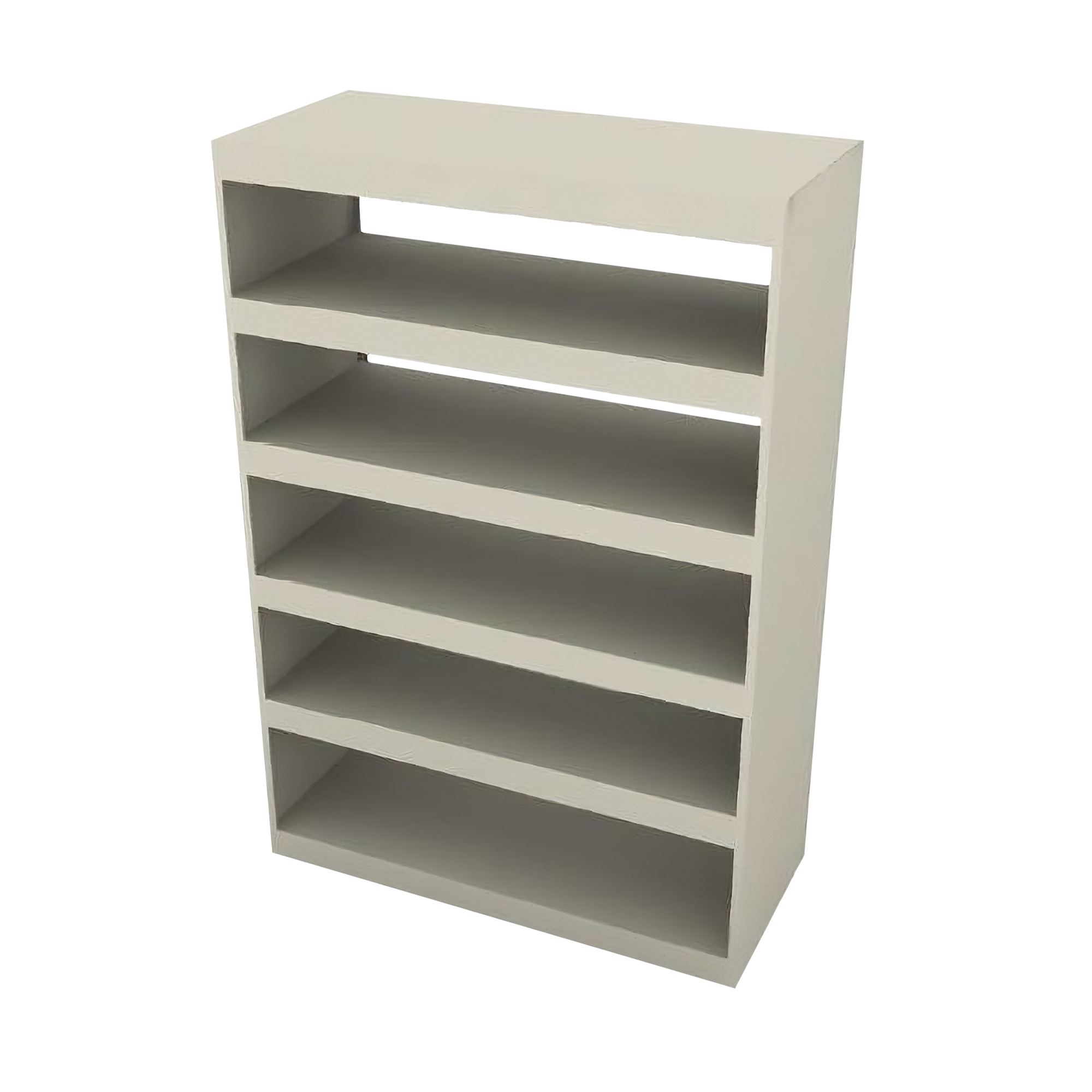
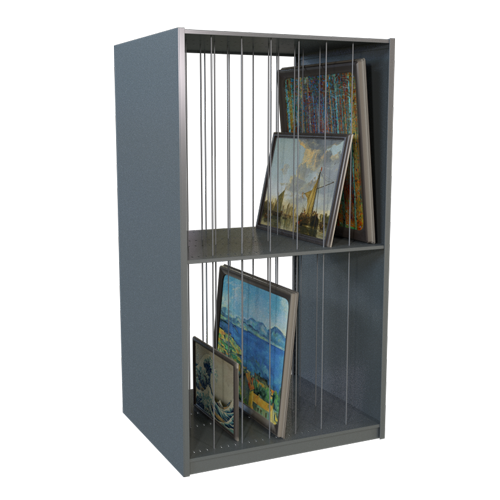
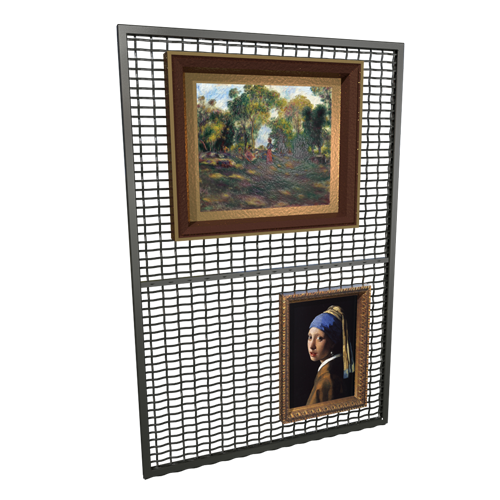
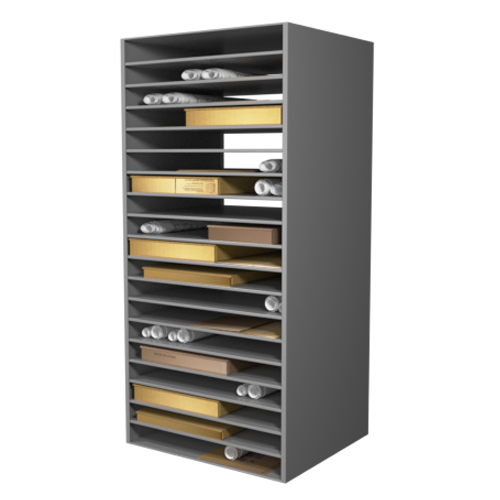
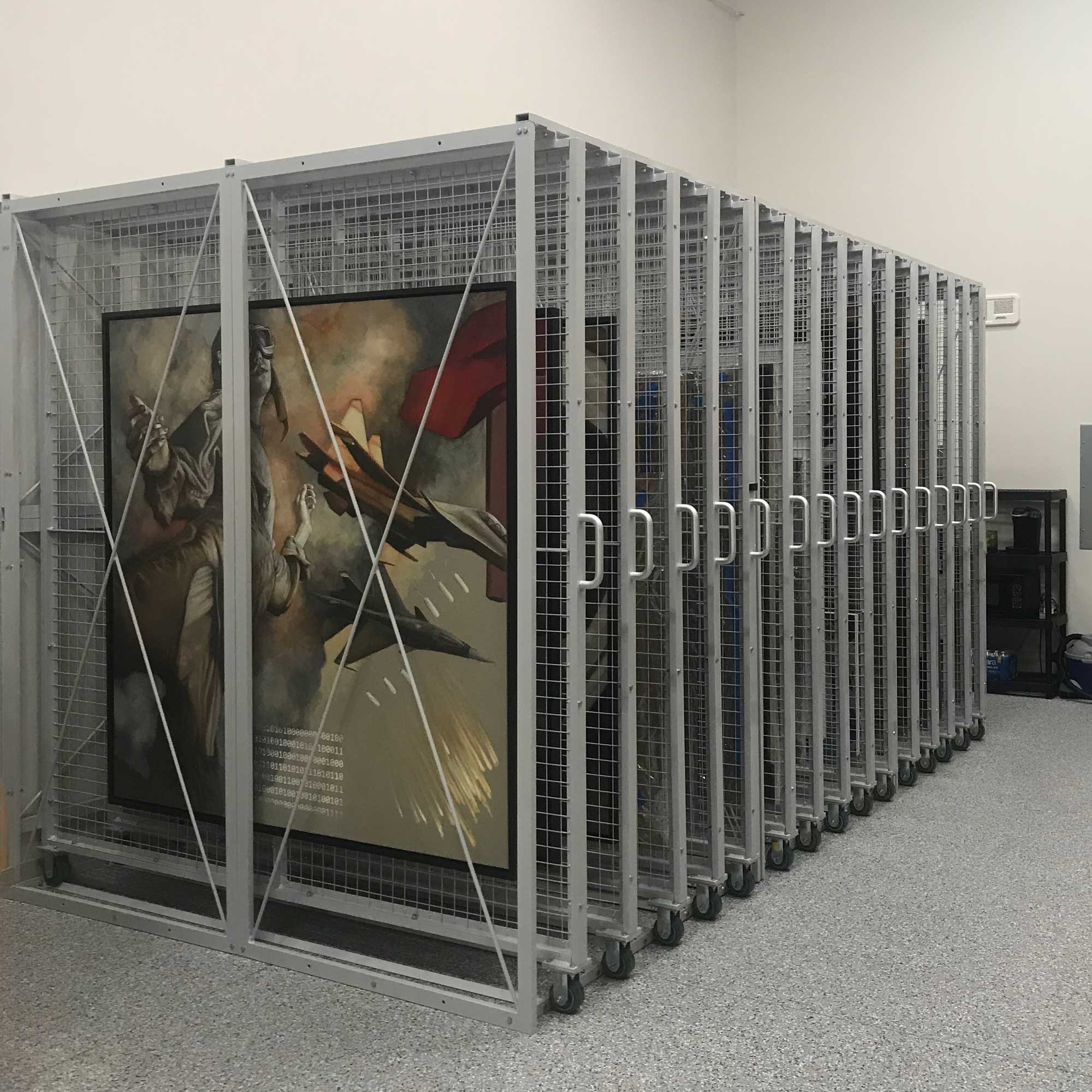
Contact Us for Museum Rare Book Storage
Southwest Solutions Group® provides design and installation services for rare book storage solutions for museums. We will also provide a free consultation to determine your exact needs and specifications before the design begins. To learn more or to speak with a specialist, call us at 1-800-803-1083 or send us a message today.
Resources
Museum Testimonials
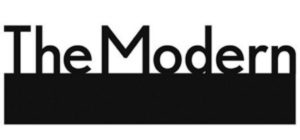
“I want to thank your entire team for the outstanding work on our art storage project. The process from beginning to end was smooth and enjoyable, and the finished room looks terrific! Chester, Bryan, Chris, Chris, and the other members were extremely thorough and a pleasure to work with. They followed our house rules and took our direction very well. Thanks again for an outstanding project, and I look forward to working with Southwest Solutions in the future should the opportunity arise. ”

“The new art racks are massive and beautiful! I cannot wait to hang art on the racks with those fancy hooks, wow! Thank you for helping me see the project through. The efforts of your team and installation really made the project go very smoothly and on time. We look forward to showing off the new and improved art storage room to our Director, Board Members, and Staff. Thanks a million, it has been a pleasure to work with you and your wonderful team on our paintings storage area.”
“I would like to thank you and your team at Southwest Solutions Group for working with the museum so diligently over the years. I also want to thank you personally for your patience, professionalism and great attitude as we’ve navigated the sometimes bumpy road to completing the Blanton Phase I and Phase II. Southwest Solutions Group will certainly be at the very top of my list for any future museum storage needs.”

“Southwest Solutions Group is an amazing company made so much better by having Daryl at the helm of Museum and Library storage space saving designs in the NW. Daryl is not only an expert in high density shelving systems, but he consistently tunes into optimizing long term solutions to complex storage needs and pliable projects. Always reliable and knowledgeable, Daryl and his Spacesaver’s team have been indispensable partners in our world of cultural preservation.”
See more museum testimonials

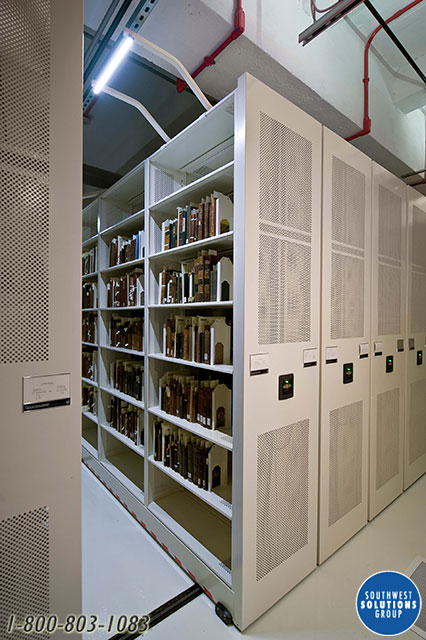

 Museum Storage Capabilities
Museum Storage Capabilities Museum Cabinets Storage Systems
Museum Cabinets Storage Systems Museum Storage Overview
Museum Storage Overview Museum Collections Storage Guide
Museum Collections Storage Guide Museum Design Considerations
Museum Design Considerations Museum Preservation
Museum Preservation Risk Management in Museums
Risk Management in Museums